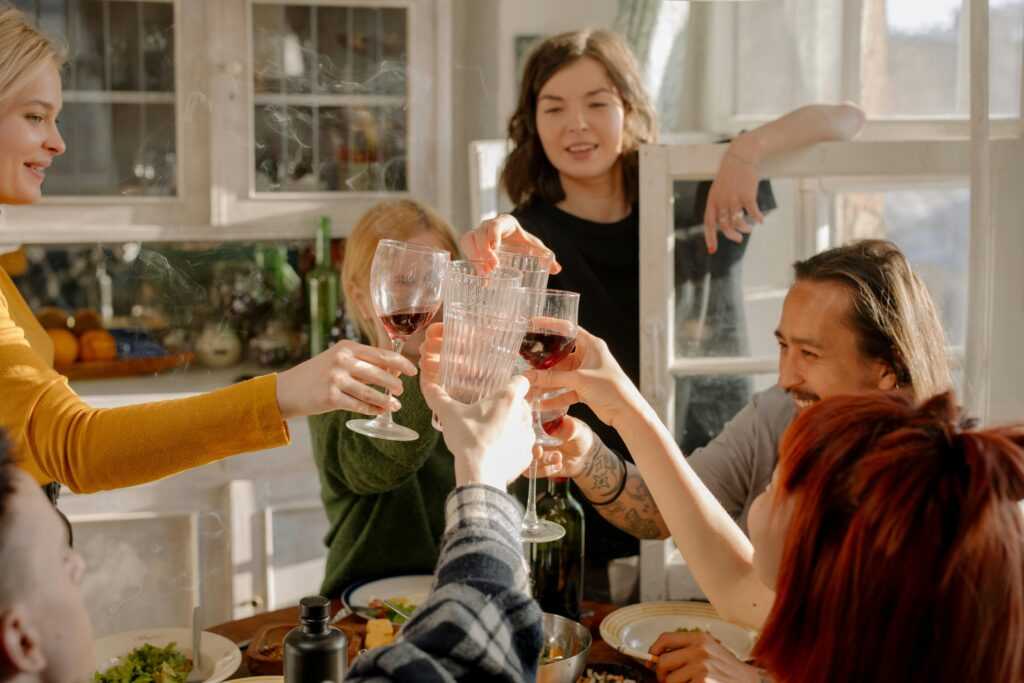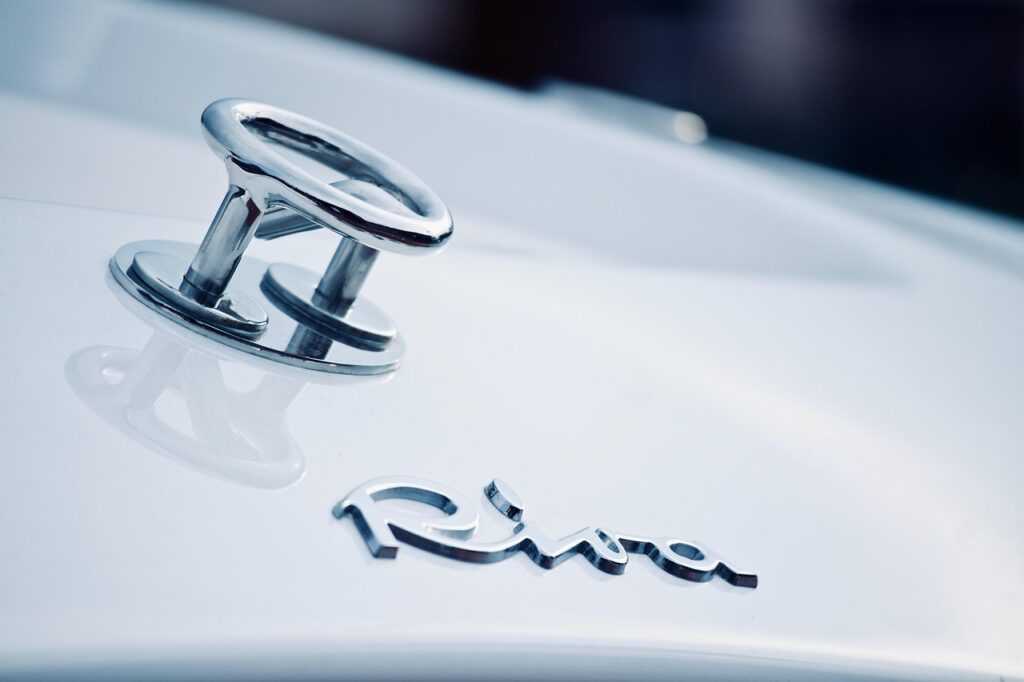In recent years, non alcoholic beers have gained significant popularity, reshaping the landscape of social drinking. More people are seeking alternatives to traditional alcoholic beverages for health, lifestyle, or personal reasons. For those who proudly say, “I Am Sober,” non alcoholic beers offer a way to maintain social connections without compromising their commitment to sobriety. This emerging trend is changing how individuals engage in social settings, redefining the meaning of drinking culture in today’s world.
The rise of non alcoholic beers reflects broader shifts in attitudes toward alcohol consumption. Increasing awareness about health risks, combined with a growing interest in wellness and mindfulness, has prompted many to reconsider their drinking habits. Moreover, the availability of high-quality, flavorful non alcoholic beer options has made it easier than ever to enjoy the ritual of drinking without the effects of alcohol. This development has especially resonated with people embracing sobriety, including those who identify with the empowering phrase, “I Am Sober.”
The Growing Popularity of Non Alcoholic Beers
Non alcoholic beers, once considered bland or inferior, have undergone a transformation. Today, many craft breweries and large producers alike craft non alcoholic beers that offer complexity and taste profiles rivaling traditional beers. This improvement has fueled demand and expanded consumer demographics.
Consumers seeking healthier lifestyles are drawn to non alcoholic beers as they typically contain fewer calories and no intoxicating effects. Those managing medical conditions, pregnant individuals, and people designated to drive also find non alcoholic beers a practical choice. Importantly, many individuals committed to sobriety are incorporating these beverages into their social lives, helping them feel included and engaged without alcohol consumption.
The trend is visible in the marketplace, with an increasing number of non alcoholic beer brands available in bars, restaurants, and stores worldwide. The growing variety supports different preferences, from light lagers to hoppy IPAs and rich stouts.
How Non Alcoholic Beers Support Sobriety
For those who say, “I Am Sober,” navigating social drinking can be a challenge. Many social events revolve around drinking, and the absence of alcohol might make some feel isolated or self-conscious. Non alcoholic beers provide an inclusive alternative, enabling individuals to participate fully in social rituals without compromising their sobriety.
According to I Am Sober, non alcoholic beers allow sober individuals to enjoy the taste, aroma, and experience of beer without the intoxicating effects. This helps ease social pressures and reduce feelings of exclusion. Importantly, it also supports mental and emotional well-being by respecting the personal choice to abstain from alcohol.
Many sobriety advocates view non alcoholic beers as tools for social integration rather than triggers for relapse. By providing a substitute that mimics the social experience, these beverages empower people to maintain their sobriety in diverse settings.
Changing Social Norms Around Drinking
The increasing acceptance of non alcoholic beers reflects evolving social norms. Traditionally, drinking alcohol has been deeply embedded in social customs, celebrations, and leisure activities. However, the rise of mindful drinking and wellness culture has challenged the notion that alcohol is necessary for enjoyment or social bonding.
Non alcoholic beers contribute to shifting perceptions by normalizing drinking without alcohol. Social gatherings now often include alcohol-free options as a standard practice. This inclusivity encourages conversations about moderation and personal choice, breaking down stigmas attached to sobriety or reduced alcohol consumption.
The availability of non alcoholic beers in social settings promotes acceptance of diverse lifestyles. This helps those who say, “I Am Sober” feel more comfortable in groups where drinking is common, fostering more supportive environments.
Health and Wellness Motivations
Health consciousness plays a central role in the growth of non alcoholic beer consumption. Excessive alcohol intake is linked to numerous health issues, including liver disease, cardiovascular problems, and increased cancer risk. Consequently, many people are seeking alternatives that align with healthier living goals.
Non alcoholic beers provide a way to enjoy a familiar beverage without alcohol’s negative health impacts. They often have fewer calories and reduce the risk of alcohol-related illnesses. This appeal extends beyond sober individuals to moderate drinkers who want to cut back without feeling deprived.
Additionally, the fitness community has embraced non alcoholic beers as post-exercise refreshments that support recovery without the dehydrating effects of alcohol. This broadens the appeal and embeds non alcoholic beers within a wider health-focused culture.
Economic Impact and Market Growth
The non alcoholic beer segment is one of the fastest-growing categories in the beverage industry. Market analyses reveal consistent increases in sales and brand introductions worldwide. This growth reflects changing consumer demands and the success of innovative brewing techniques.
Brewers are investing heavily in research and development to perfect the taste and quality of non alcoholic beers. Many brands emphasize natural ingredients, organic certification, and transparency, which resonate with today’s informed consumers.
The economic expansion of non alcoholic beers has led to increased availability in bars, restaurants, and retail outlets. This accessibility facilitates social inclusion for sober drinkers and encourages wider experimentation with alcohol-free options among the general population.
Social Inclusion and Reducing Stigma
One of the most profound effects of non alcoholic beers is their role in reducing stigma around sobriety. For decades, abstaining from alcohol was sometimes met with misunderstanding or social pressure. The presence of enjoyable alcohol-free options helps normalize sobriety as a valid lifestyle choice.
For people who say, “I Am Sober,” non alcoholic beers provide a bridge between their personal journey and social participation. This reduces feelings of isolation and supports mental health by fostering a sense of belonging.
Furthermore, non alcoholic beers encourage conversations about alcohol use and wellness in social circles. They invite openness and respect for diverse choices, contributing to healthier community dynamics.
Influence on Younger Generations
Younger generations, including Millennials and Gen Z, show a strong preference for moderation and wellness. Surveys indicate these groups drink less alcohol on average and are more interested in experiences that do not revolve around intoxication.
Non alcoholic beers align well with these preferences by offering a beverage option that supports social engagement without alcohol’s risks. This has contributed to shifting trends in nightlife, social events, and even workplace culture.
The younger demographic’s embrace of non alcoholic beers suggests that future social drinking norms will continue to evolve toward inclusivity and mindful consumption.
Challenges and Considerations
Despite their benefits, non alcoholic beers are not without challenges. Some sobriety advocates express concern that these beverages could trigger cravings or relapse for individuals recovering from alcohol dependency. Seeking professional support and personalized care, such as that provided by a luxury rehab center, ensures individuals have the best resources available for maintaining long-term sobriety. For this reason, personal discernment and support are crucial when incorporating non alcoholic beers into a sober lifestyle.
Additionally, the labeling of non alcoholic beers can sometimes be misleading. Many contain trace amounts of alcohol—usually less than 0.5% ABV—which might be problematic for some individuals. Clear labeling and education help consumers make informed choices aligned with their sobriety goals.
From a social perspective, some critics argue that non alcoholic beers might inadvertently perpetuate alcohol-centric culture rather than promoting alternatives entirely free of alcohol association. However, the growing diversity of alcohol-free beverages, including sparkling waters, mocktails, and herbal infusions, complements the role of non alcoholic beers in expanding choices.
The Role of Marketing and Media
Marketing strategies for non alcoholic beers have evolved to emphasize lifestyle, wellness, and inclusion rather than just the absence of alcohol. Advertisements often focus on quality, taste, and social enjoyment, targeting a broad audience beyond just sober individuals.
Media coverage highlighting celebrities and influencers embracing sobriety and non alcoholic beverages also boosts acceptance. Stories of people proudly saying, “I Am Sober,” while enjoying social life help destigmatize sobriety and normalize alcohol-free drinking.
Social media platforms have become vital channels for sharing experiences and fostering communities centered on mindful drinking and sobriety, further accelerating this cultural shift.
Future Outlook
The influence of non alcoholic beers on social drinking trends is expected to grow. Advances in brewing technology will likely lead to even better tasting and more diverse options. The increasing integration of these beverages into mainstream social settings suggests that alcohol-free drinking will become a permanent and respected part of social culture.
For those who say, “I Am Sober,” this trend offers hopeful possibilities for enjoying social occasions without compromise. As non alcoholic beers continue to evolve, they will support a broader movement toward wellness, inclusivity, and personal choice.
Conclusion
Non alcoholic beers have emerged as powerful agents of change in social drinking habits. They provide an appealing alternative for people committed to sobriety, those seeking healthier lifestyles, and anyone interested in mindful consumption. For individuals proudly embracing the statement “I Am Sober,” these beverages offer a bridge to participate fully in social life without alcohol.
The growing availability, improved quality, and changing social attitudes around non alcoholic beers contribute to a more inclusive, diverse drinking culture. While challenges remain, the overall trend points toward a future where alcohol-free options are normalized and respected.
As this shift continues, non alcoholic beers will play a central role in redefining what it means to socialize and enjoy beverages together. They empower individuals to make conscious choices aligned with their values and health, reshaping social drinking trends one sip at a time.




